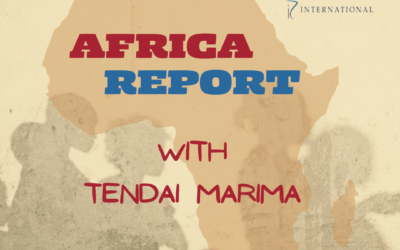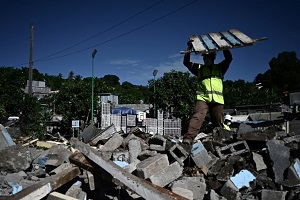
Coronavirus disease COVID-19 infection medical illustration.
-Naadiya Adams
At the onset of the Covid-19 pandemic, there was great concern over the infection in kids especially because children are affected by other respiratory viruses like flu and RSB, while their immune systems are still developing they tend to shed these viruses for longer and they have much higher loads of the virus in their respiratory systems.
With children being affected by these viruses, they are also the number one carriers who tend to spread colds and flus to teachers, parents, and siblings, in fact, school re-opening has been proven to drive the flu pandemic in previous years.
In an interview with Radio Islam, researcher Waseela Jassat explains how children are affected by Covid-19.
“When Covid began we didn’t find them to be the driver’s of the pandemic, they were less likely to be infected when they were exposed, they were less likely to have symptomatic disease, they were less likely to be hospitalized and to die and they were less likely to transmit the virus to others.”
While children make up 37% of South Africa’s population, to date only 185 000 cases have been reported in under 19’s, around 11 000 of those were hospitalized and 380 have died.
The council also observed that the opening of schools did not coincide with the 1st, 2nd, and 3rd waves.
“Its interesting that kids made up about 9% of infections in the 1st and 2nd wave but went up to about 15% in the third wave, so we do know that in the 3rd wave there were more children testing positive,” said Jassat.
Reasons for the 6% uptick have not been identified but experts believe it could be due to the increase in testing that was been done but also could have been due to more outbreaks in schools during the third wave, the delta variant has also been identified as a possible cause.
Jassat said that research found that children most affected were the older kids aged from 15 to 19 years of age as well as babies under age 1.
“The deaths happen in those that have underlying medical conditions like chronic lung disease, diabetes, HIV, TB. A particular worry is the under one-year-old, even though they make up 2% of cases, but they make up 19% of admissions and 30% of deaths in the pediatric group and are more likely to be admitted to ICU,” said Jassat.
Jassat says as we have just come out of a huge third wave, the enforcing of non-pharmaceutical interventions such as mask-wearing and distancing in schools is paramount in spite of other countries loosening restrictions.







0 Comments